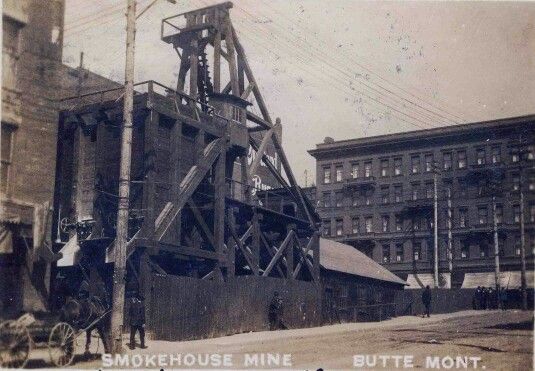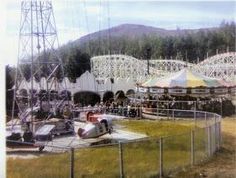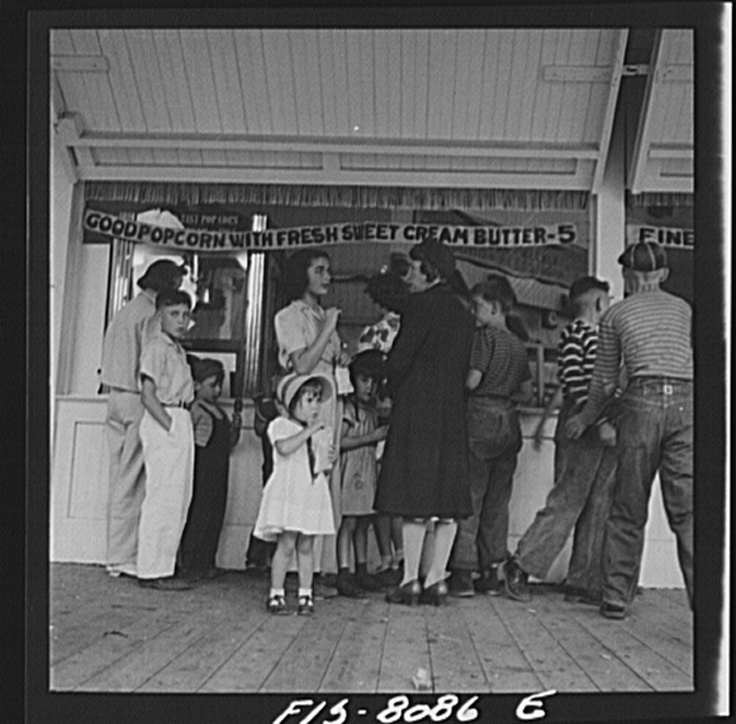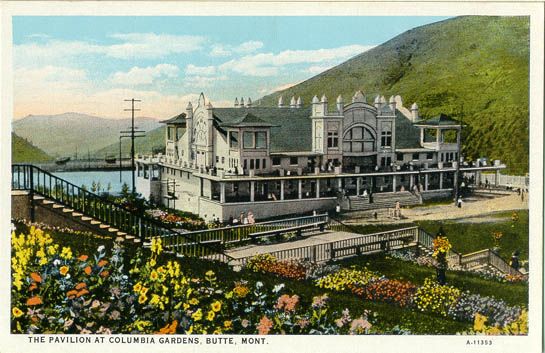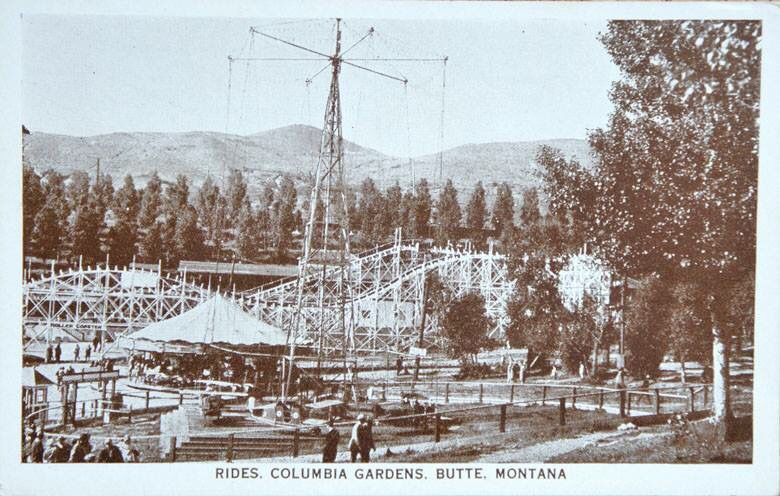Gracing the Treasure State with a magical oasis, Columbia Gardens will always reign as one of Montana’s past gems. Now forgotten along with the “richest hill on earth,” Butte’s utopian paradise hearkens back to its mining past.
Copper ruled Montana from the underground mines of Butte to the State Capitol in Helena. The ore from copper-rich veins even reached across America to influence the nation’s capital. Many knew of Butte, America (the city liked to say).
Businessman and mining magnate, William A. Clark, welcomed an opportunity to gift the mining families of Butte as well as to pave the way to his election as U.S. Senator. He bestowed a magnificent park with every imaginable attraction; while at the same time, he purchased a significant vote in the Montana legislature (U.S. Senators back in the day were elected by each state’s legislature until the 17th Amendment allowed for their direct election).
Built in 1899, Columbia Gardens would eventually grow to cover 68 acres in the city of Butte. Admission would always be free, and concessions and rides could be purchased for a small price. Over its lifetime, the park would never generate a profit. The “richest hill on earth” always paid the bills.
The park became well-known outside of the Treasure State when President Theodore Roosevelt visited in 1903. Thousands would continue to enjoy Columbia Gardens for almost eight decades.
Here’s a quick synopsis of the major Columbia Gardens’ attractions:
Grand Pavilion: Big band music and dancing
Sports Stadium: Baseball home for minor league’s Butte Miners
Roller Coaster: Multiple stories high (built in 1906)
Zoo: Featuring Montana’s wildlife
Various Rides: Ferris wheel, mini train, carousel, bi-planes
Visitors also enjoyed walking the well-maintained grounds. The immaculate park shined as a garden for the ages. Every week one day was set aside as a “Children’s Day” with the emphasis on just plain ol’ fun.
Butte’s slow demise from its greatness as the “richest hill on earth” caved in as the 1970s approached. In 1973, Columbia Gardens closed for good. No longer would summers be filled with the excitement of another season at the park. Copper’s riches had built the park, and now they would take it away.

